Venus Optics LAOWA Argus 25 mm f/0.95 MFT
3. Build quality
As you can notice, the Argus is physically the heaviest in this group even though its dimensions are very similar to those of the slower Olympus, and it is a bit bigger than the shapely Nokton. The Voigtlander is optically less advanced for a change but it prevails when it comes to the number of diaphragm blades and the shortest minimum focusing distance. The Mitakon is a real midget here.
In the photo below the Laowa Argus 25 mm f/0.95 MFT is positioned between the Voigtlander Nokton 25 mm f/.95, mentioned earlier, and the Olympus PRO 12-40 mm f/2.8.
Please Support UsIf you enjoy our reviews and articles, and you want us to continue our work please, support our website by donating through PayPal. The funds are going to be used for paying our editorial team, renting servers, and equipping our testing studio; only that way we will be able to continue providing you interesting content for free. |
- - - - - - - - - - - - - - - - - - - - - - - - - - - - - - - - - - - - - - - - - - - - - - - -
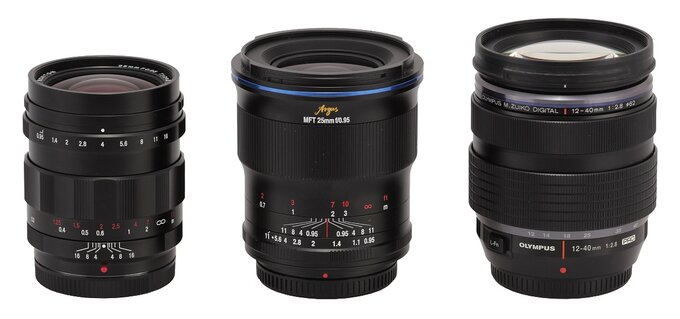 |
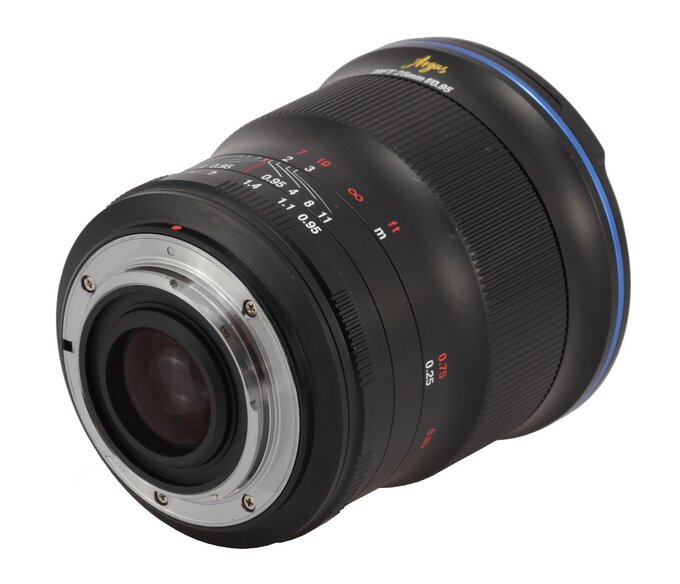 |
By they way, the Laowa has been present on the market for seven years now. I think it's long enough to add basic electronics to the lens. It's not as difficult as autofocus implementation so I suppose potential customers should expect that much.
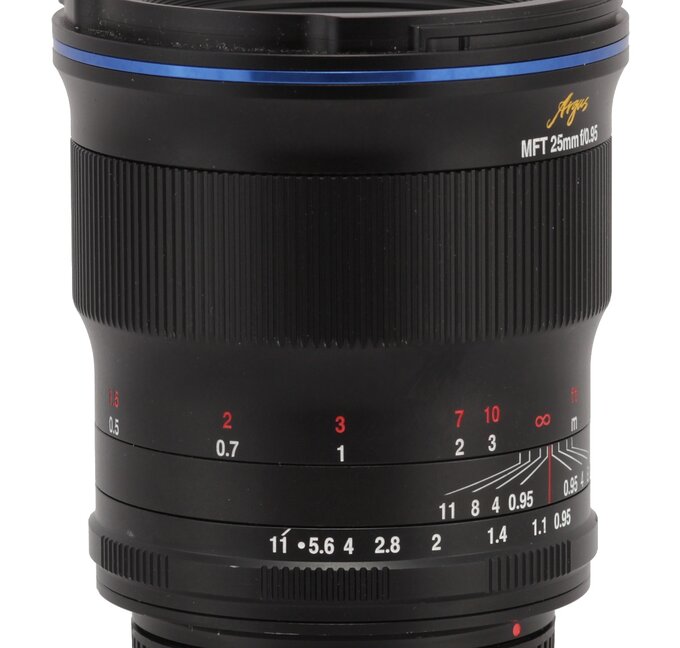 |
Then you see an aperture ring, 12 mm wide, half of it covered by metal ribs. The ring features markings at f/0.95, /1.1, f/1.4, f/2, f/2.8, f/4.0, f/5.6 and f/11, with just a dot for f/8.0. The ring moves smoothly but I found its resistance too weak. As a result, during the test sometimes I changed the aperture accidentally while I intended just to turn the focus ring or improve my grip on the camera and the lens. Then I took photos at different apertures than I wanted; the lack of contacts meant the camera didn't inform me about aperture values in the viewfinder or/and on the screen. Unfortunately the producers don't offer you another aperture ring mode and it's a pity. Rivals often give you rings with two working modes and Laowa should think about such a solution as well, especially as their ambitions seem to soar higher and higher.
To be honest I don't like such an approach at all, when producers try to make things easier for movie recorders and more difficult for photographers. An aperture ring should either be turned every 1/3 EV step, a classic solution, or should be given two working modes to choose from. A shortcut like this, economizing under the pretext of making movie recorders more happy, is not the right tactics.
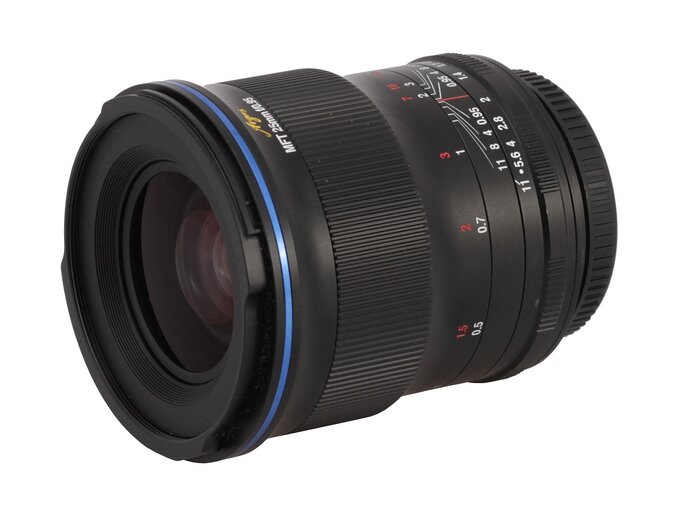 |
A manual focus ring, as wide as 36 mm and increasing its diameter, is the biggest component of the lens. On its part with a smaller diameter you get a distance scale, expressed in feet and meters, and the wider part features fine ribbing, quite pleasing to the touch. The ring moves smoothly and is well damped, with a focus throw amounting to an angle of 300 degrees, a very high value indeed. Still, you should mention the fact that the majority of its rage concerns the area close to the minimum distance. The range from 0.7 of a meter to infinity is included within an angle of 90 degrees and it becomes problematic as you can't be helped with the automatic image magnification. Let's remind here once again that this lens is devoid of any contacts.
An immobile ring, also getting a bit larger after a while, is the last part of the lens. It features a blue stripe, an inscription 'Argus', the parameters of the lens, and its serial number and it ends with a hood mount and a non-rotating filter thread, 62 mm in diameter.
The front element doesn't move, is quite flat, and 37 mm in diameter, surrounded by a well blackened and ribbed part of the barrel.
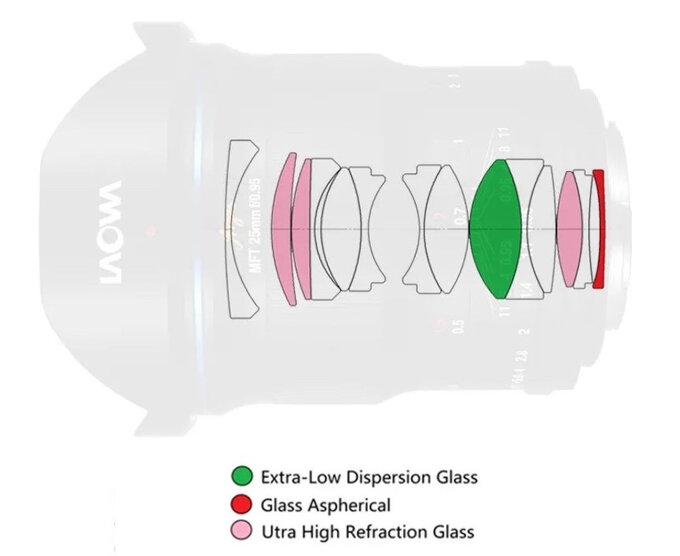 |
Buyers get in the box: both caps, and a petal-type hood made of metal. You don't get any kind of a case.
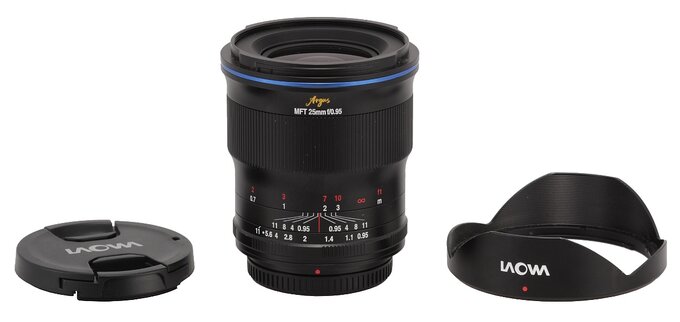 |






